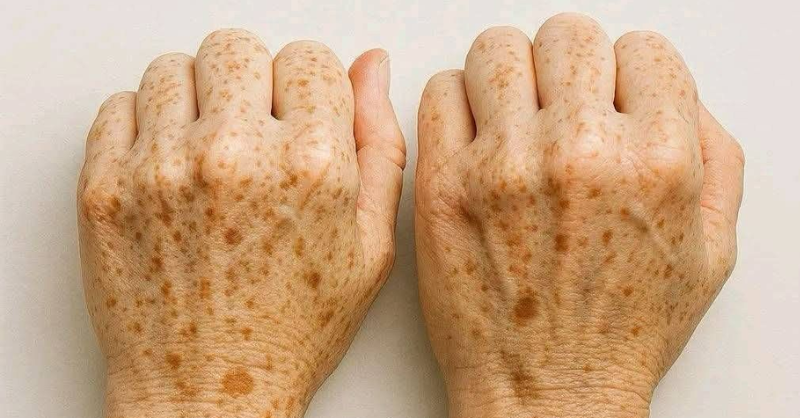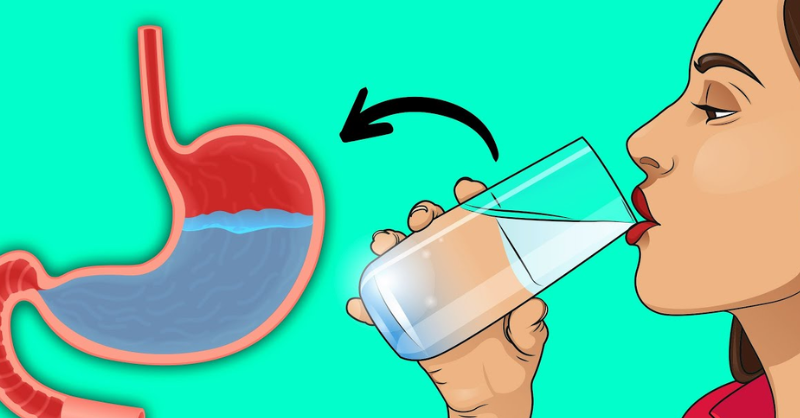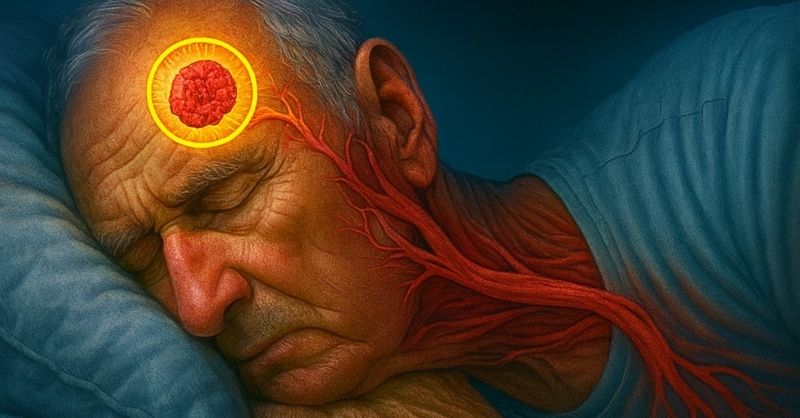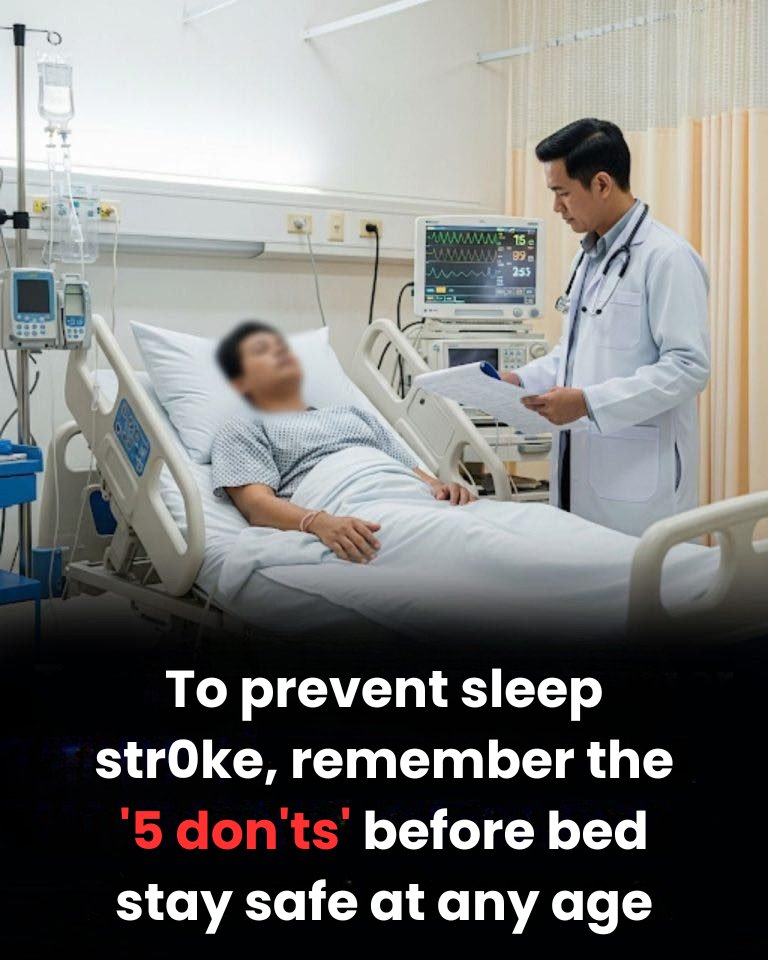
Since they occur during sleep, sleep strokes (also called wake-up strokes) can delay the start of critical treatment, potentially making them more severe than strokes that happen during the day.
A stroke occurs when blood flow to the brain is blocked by a clot or when a blood vessel in the brain bursts or leaks. If this takes place while you’re asleep, the signs only become noticeable once you wake up — which can make diagnosis and timely treatment more difficult.
In this guide, we’ll cover the key facts about sleep strokes, how to recognize them, and what you can do to reduce your risk.
How Do I Know if I Had a Stroke in My Sleep?
Because the stroke occurs during rest, symptoms usually appear immediately upon waking. Warning signs may include:
- Numbness or paralysis on one side of the body (face, arm, or leg)
- Difficulty speaking or slurred speech
- Trouble understanding others
- Confusion or disorientation
- Blurred, blackened, or double vision
- Trouble walking or loss of balance
- Severe and sudden headache
- Nausea, vomiting, or dizziness
- Seizures or loss of consciousness
A simple way to check is the FAST method:
- F – Face drooping
- A – Arm weakness
- S – Speech difficulty
- T – Time to call emergency services immediately
Can You Prevent a Stroke While Sleeping?
Your evening habits and overall sleep quality play a significant role in stroke risk. Nighttime is when blood pressure naturally drops and the body restores itself, making cardiovascular health particularly important at this time.
What to Avoid Before Bed (Stroke Risk Factors)

-
Heavy or Salty Meals
- Raise blood pressure and worsen sleep.
- Aim to finish eating at least 2–3 hours before bedtime.
-
Alcohol and Smoking
- Alcohol spikes blood pressure during the night.
- Smoking damages blood vessels and raises clot risk.
-
Stress or Anger
- Emotional tension can cause sudden blood pressure surges.
- Avoid conflicts or anxiety-inducing activities before bed.
-
Screens Right Before Sleep
- Blue light delays melatonin release, disrupting rest.
- Poor sleep over time increases stroke risk.
-
Ignoring Warning Symptoms
- Chest discomfort, irregular heartbeat, or sudden headaches should never be dismissed.
- Seek medical help immediately, even at night.
What to Do Before Bed to Help Prevent Strokes
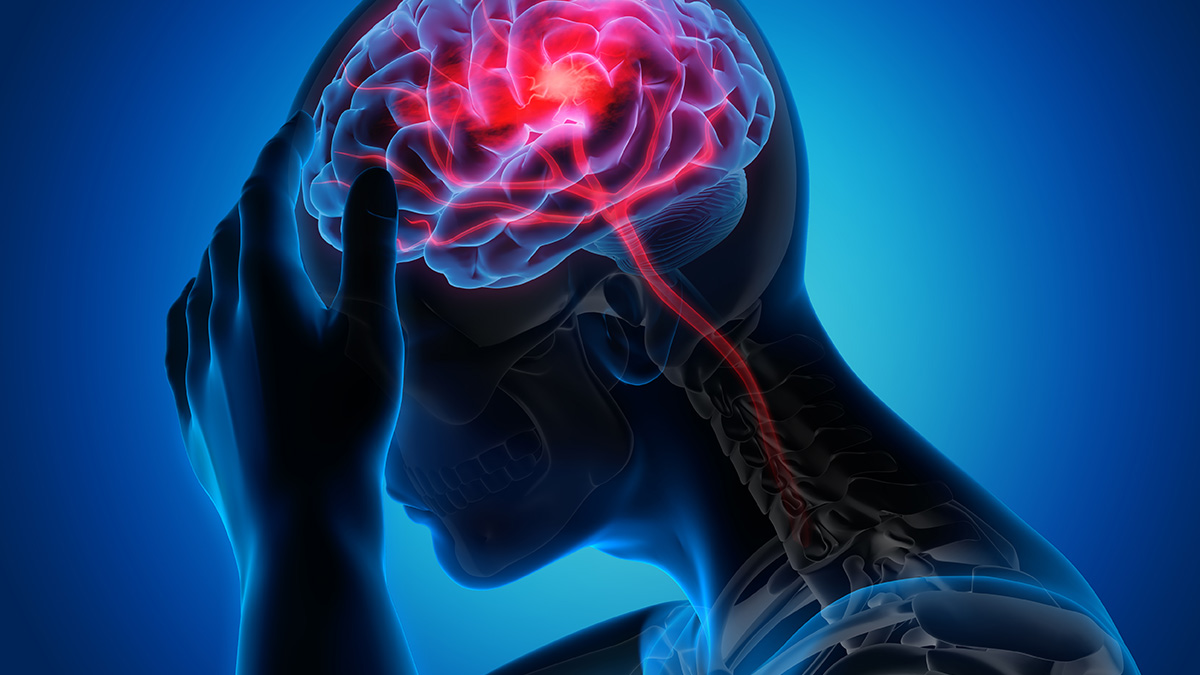
-
Prioritize 7–9 Hours of Quality Sleep
-
Inadequate sleep raises blood pressure, blood sugar, and inflammation.
-
Stick to a consistent sleep schedule.
-
-
Stay Moderately Hydrated
-
Mild dehydration thickens blood, raising clot risk.
-
A small glass of water before bed helps, but avoid overhydrating.
-
-
Take Prescribed Medications
-
Particularly for high blood pressure, atrial fibrillation, or cholesterol.
-
Some blood pressure medications are more effective when taken at night (consult your doctor).
-
-
Relax Your Mind and Body
-
Gentle stretching, deep breathing, or meditation can reduce nighttime stress.
-
Lower stress equals lower blood pressure.
-
-
Treat Sleep Apnea
-
If prescribed, use your CPAP machine.
-
Untreated sleep apnea causes oxygen drops and blood pressure spikes, greatly increasing stroke risk.
-
-
Go for a Short Post-Dinner Walk
-
Light activity helps regulate blood sugar and circulation.
-
Avoid vigorous exercise right before sleep.
-
Final Thoughts
Sleep strokes are dangerous because they delay critical treatment time, but you can lower your risk through consistent habits. By managing blood pressure, improving sleep hygiene, treating conditions like sleep apnea, and staying alert to warning signs, you protect your brain and heart long-term.
If you ever suspect you or someone else has had a stroke upon waking, don’t wait — call emergency services immediately.


